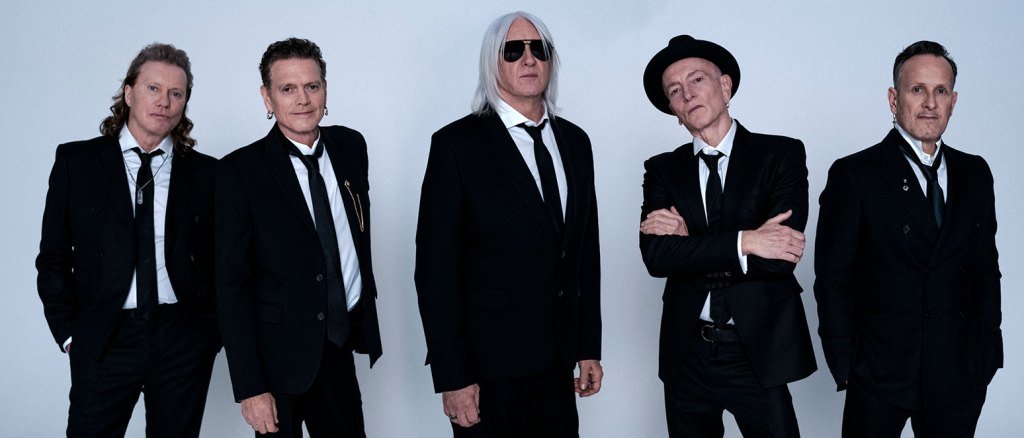Products featured are independently selected by our editorial team and we may earn a commission from purchases made from our links; the retailer may also receive certain auditable data for accounting purposes.
Apple has a rich history of creating gadgets for music fans, going back to the introduction of the iPod in 2001. The company riffed on its famous white earbuds by releasing AirPods in 2017, followed by the AirPods Pro in 2019. The totally wireless earbuds have become extremely popular, and if you’re considering a pair, it can be hard to choose between the regular model, or going for the AirPods Pro.
I’ve tried both, and while there’s no wrong answer, there’s probably one that’s better suited for you. I’ve broken down the key differences between AirPods and AirPods Pro below, to help you make the best choice.
What’s the Difference Between AirPods and AirPods Pro?
It’s easy to assume the “Pro” in AirPods Pro means it sounds significantly better or more professional than a standard pair of AirPods, but that hasn’t been the case in my experience. Both sound great, with ample amounts of bass, midrange, and treble. I’ve listened to rock, pop, R&B, hip-hop, jazz, podcasts, and audiobook, and I have no complaints. The AirPods Pro do have better bass because the seal around your ear creates a better listening environment (more on that later), but the difference isn’t so great that you should base your pick solely on sound.
That said, Apple has announced a new virtual surround sound feature that it says makes a big difference when you’re watching movies that have a 5.1 mix. This feature isn’t available yet, but it’s coming exclusively to AirPods Pro, so you should keep that in mind if you watch a lot of films on your iPhone, iPad, or Mac.
Do AirPods Have Noise-Cancelling Technology?
On the surface, both the AirPods and AirPods Pro look extremely similar. They’re white earbuds with a long “stem” that protrudes downward. The stems act as antennas that make it easier for the earbuds to connect to your device, and stay connected to one another. Both support Bluetooth, so you can connect them to any device, but have a special H2 chip that allows them to instantly pair to Apple devices, and makes it easier to switch between them. In my experience, both the standard and Pro AirPods create a rock solid connection, and won’t randomly de-pair with your device in the middle of a song or podcast.
But, it’s what’s on the inside that counts, and the AirPods Pro have a couple of additional microphones that are used for ANC (Active Noise Cancellation). The feature filters out unwanted noise, and does a surprisingly good job for earbuds. I’ve worn them on planes, subway trains,and busy New York City streets, and I can barely hear the world around me over the sound of my music. The biggest benefit to noise-cancelling earbuds is actually the ability to listen to music at a lower volume, since you don’t have to jack it up to try and overpower sounds from the world around you.
Regular AirPods don’t have any sort of noise cancellation, and let a fair amount of outside noise leak in. The standard AirPods don’t even have any real passive noise cancellation because they’ve got a hard shell design, which doesn’t create a seal around the inside of your ear like gummy-tipped earbuds do. The AirPods Pro have this gummy tip design, which allows them to block some noise even when your music is off.
None of this matters in quieter environments like an office or your home, but you’ll definitely find yourself reaching for the volume controls in a noisier one. If you’re a homebody or listening to music or podcasts at work, the regular AirPods are a fine choice, but frequent travelers should definitely go for AirPods Pro.

Amazon
Do AirPods Support Wireless Charging?
When you get a regular pair of AirPods you have to make a decision between getting the standard wired charging case, or upgrading to Apple’s wireless charging case for AirPods. The upgrade will cost you $30 at the time of purchase, and you have the option of getting the case on its own for $65 down the line if you’d like to upgrade. Both cases allow you to charge the AirPods and their case by plugging a Lightning cable into the bottom of the case.
AirPods Pro come with a wireless charging case as standard, so you don’t need to worry about having to make the choice. Both the AirPods and AirPods Pro wireless charging case uses the Qi standard, which means you can charge them using any wireless charging pad. We recommend this one from Anker because it can wirelessly charge both the AirPods and an iPhone at their maximum wireless charging speed.
In terms of battery life, Apple says both the AirPods and AirPods Pro get about five hours of playback per charge, but your volume and noise cancellation settings will impact how long they last. You can recharge the AirPods by putting them in their case (wired or wireless), which will add an additional 18 hours of life for a total of 24 hours of music playback. In my experience, Apple’s battery life claims have panned out, and I’ve hardly had to deal with a dead pair.

Amazon
AirPods vs. AirPods Pro: Which is Best?
Both the AirPods and AirPods Pro rank among the best totally wireless earbuds you can get right now. They sound great, get solid battery life, and won’t randomly disconnect from your devices. If you’re looking for a casual pair of headphones to wear around the house, the regular AirPods are the right pick. They’re lightweight, comfortable and deliver decent audio quality.
If you value noise cancellation, want slightly better sound quality, and are curious about Apple’s upcoming virtual surround sound feature, AirPods Pro will be a better fit. The AirPods Pro are also a great pick for a run or working out, as the gummy tip design helps the buds stay more securely in your ear, even while you’re on the move.




